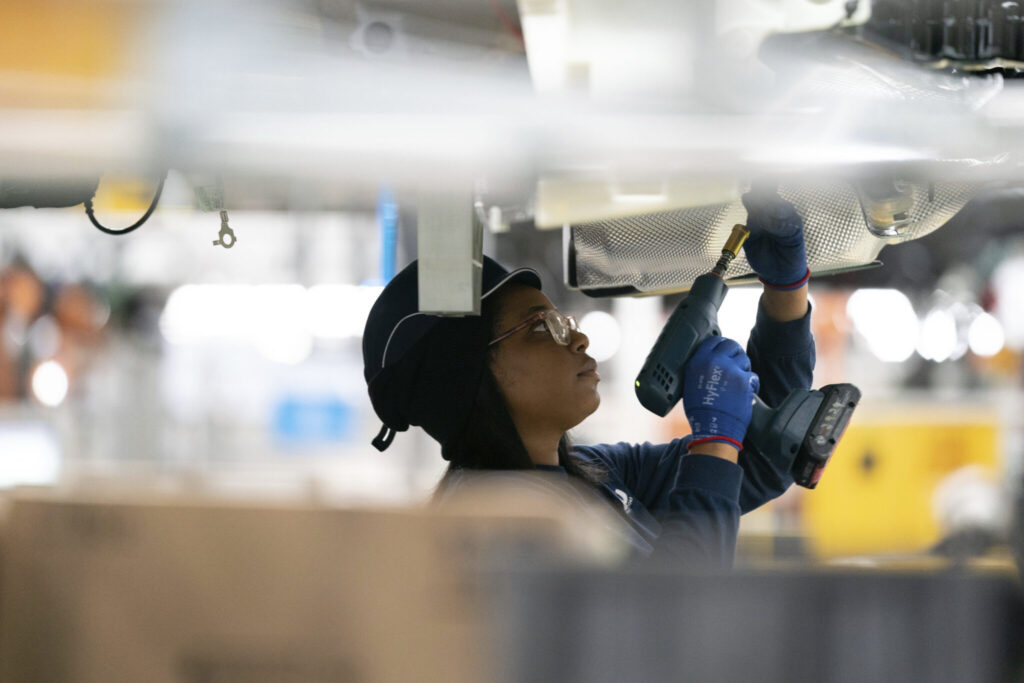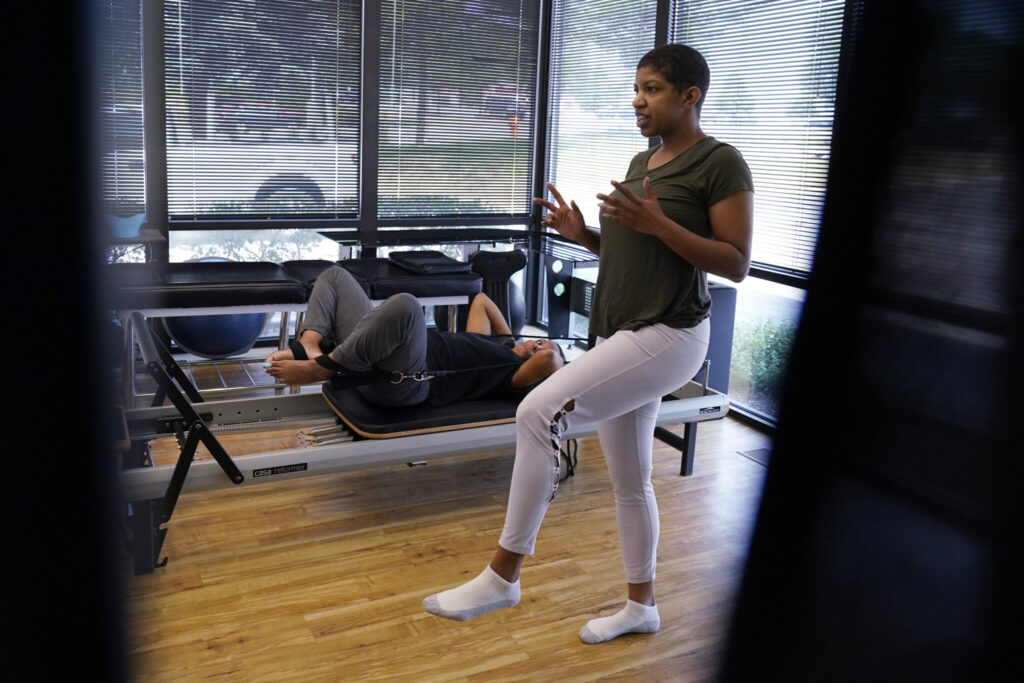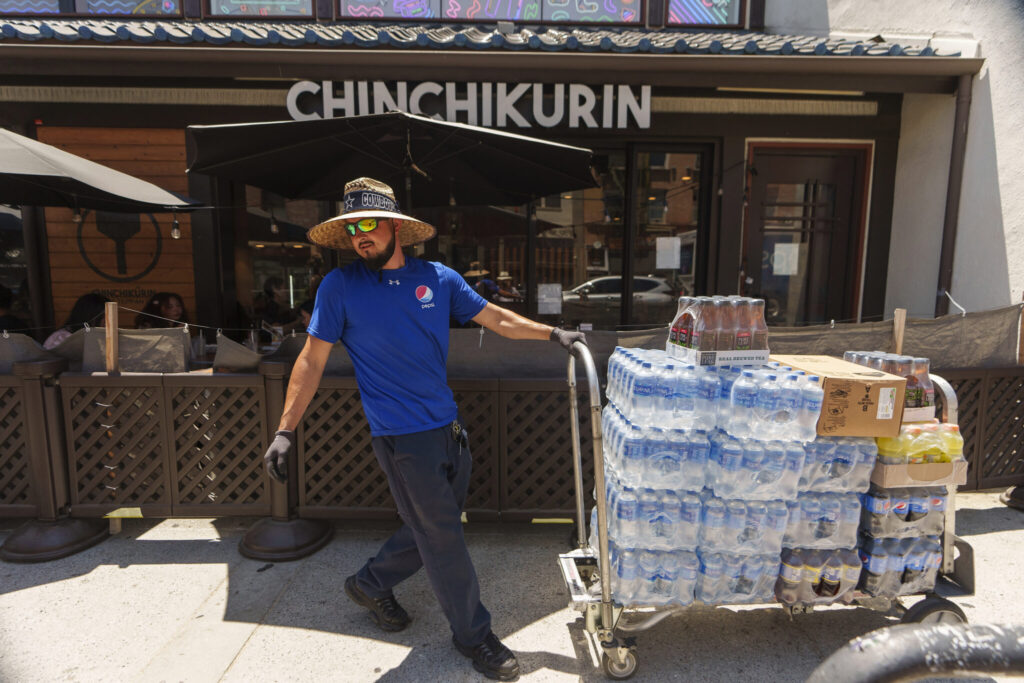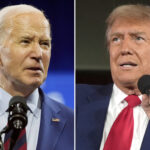The U.S. economy maintained a moderate pace of job growth in July, but solid wage gains and a decline in the unemployment rate pointed to continued tightness in labor market conditions. Nonfarm payrolls increased by 187,000 jobs last month, the Labor Department said in its closely watched employment report on Friday. Data for June was revised lower to show 185,000 jobs added instead of the previously reported 209,000. The Associated Press has the story:
US Employers add 187K jobs; Unemployment dips to 3.5%
Newslooks- WASHINGTON (AP)
U.S. employers added 187,000 jobs last month as the labor market slowed but continued to show strength in the face of higher interest rates. The unemployment rate dipped to 3.5%. Hiring has remained solid, raising hopes that the United States can avoid a long-expected recession. The American economy has generated at least 200,000 new jobs for a record 30 straight months. And the streak likely continued into July. But just barely.
The Labor Department’s latest jobs report, out Friday, is expected to show that employers tacked on exactly 200,000 jobs last month, according to a survey of forecasters by the data firm FactSet. That would be fewest since December 2020 – but still a healthy number and a sign that the U.S. labor market remains sturdy despite markedly higher interest rates. In another sign of strength, the unemployment rate is expected to stay at 3.6%, not far off a half-century low.

The U.S. economy and job market have repeatedly defied predictions of an impending recession. Increasingly, economists are expressing confidence that inflation fighters at the Federal Reserve can pull off a rare “soft landing’’ – raising interest rates just enough to rein in rising prices without tipping the world’s largest economy into recession. Consumers are feeling sunnier too: The Conference Board, a business research group, said that its consumer confidence index last month hit the highest level in two years.
But the Fed rate hikes – eleven since March 2022 — have taken a toll. Hiring has averaged 278,000 jobs a month this year – strong by historic standards but down sharply from a record 606,000 a month in 2021 and from 399,000 last year as the U.S. economy roared back from 2020’s brief but nasty pandemic recession.
There’s other evidence the job market, while still healthy, is losing momentum. The Labor Department reported Tuesday that job openings fell below 9.6 million in June, lowest in more than two years. But, again, the numbers remain unusually robust: Monthly job openings never topped 8 million before 2021. The number of people quitting their jobs – a sign of confidence they can find something better elsewhere – also fell in June but remains above pre-pandemic levels.
The Fed wants to see hiring cool off. Strong demand for workers pushes up wages and can force companies to raise prices to make up for the higher costs.

One welcome sign from the Fed’s perspective: Americans are returning to the job market, making it easier for employers to find and keep workers without offering substantial pay increases. The pandemic encouraged many older workers to retire ahead of schedule and kept others sidelined by health concerns and difficulty getting childcare. The share of Americans working or looking for work – the so-called labor force participation rate – sank to 60.1% in April 2020, the lowest since 1973 when many American women did not work outside the home. The participation rate has since recovered – though not to pre-pandemic levels – as health worries faded and pay rose.
For those in their prime working years – 25 to 54 – the participation rate hit 83.5%% in June, the highest since 2002. And in June, 77.8% of prime-age women were working or looking for work, the highest share in government records going back to 1948.
A rebound in immigration, as COVID-19 border restrictions were lifted, has also made more workers available.
In response to a cooling labor market, wage pressures have eased, but they remain too intense for the Fed’s comfort. Average hourly pay in July is expected to be up 4.2% from a year earlier, according to the FactSet survey, decelerating from a 4.4% year-over-year increase in June.
Overall inflation has come down steadily. In June 2022, consumer prices were up 9.1% from a year earlier – the biggest year-over-year jump in four decades. It’s fallen every month since then; but at 3% in June, it’s still above the Fed’s 2% target.
The unlikely combination of falling inflation and continued economic strength is easing fears that the United States is destined for a recession later this year or sometime in 2024. “It’s much more plausible that the economy can come back to the Fed’s target without a serious downturn,’’ said Bill Adams, chief economist at Comerica Bank in Dallas.







